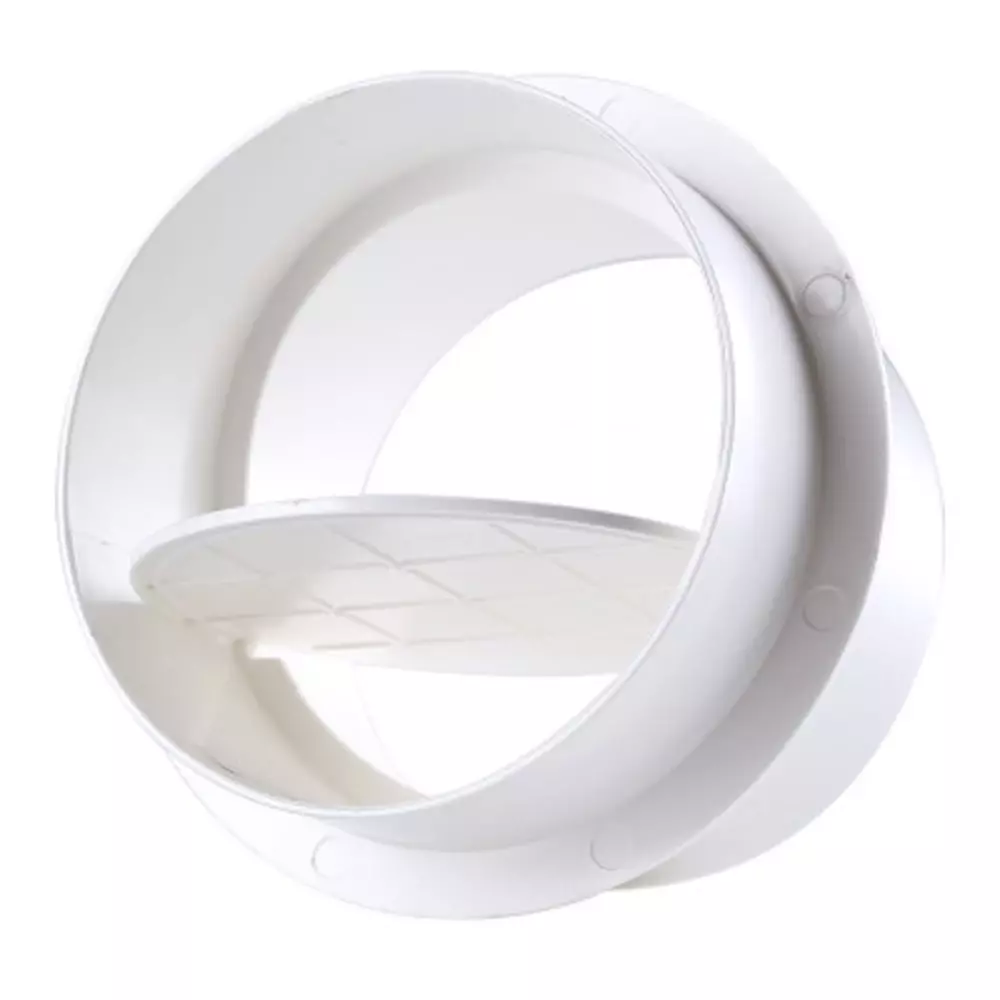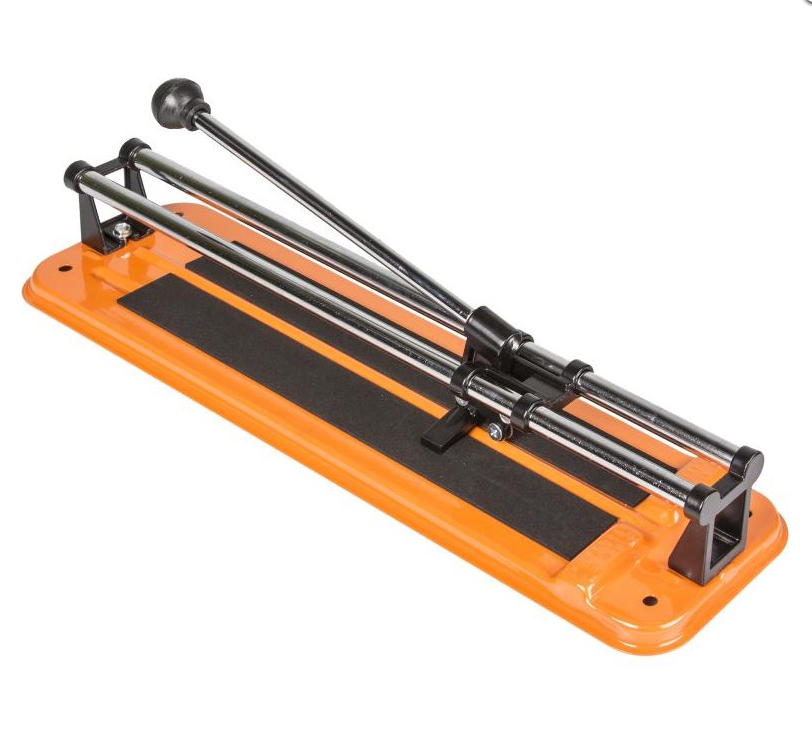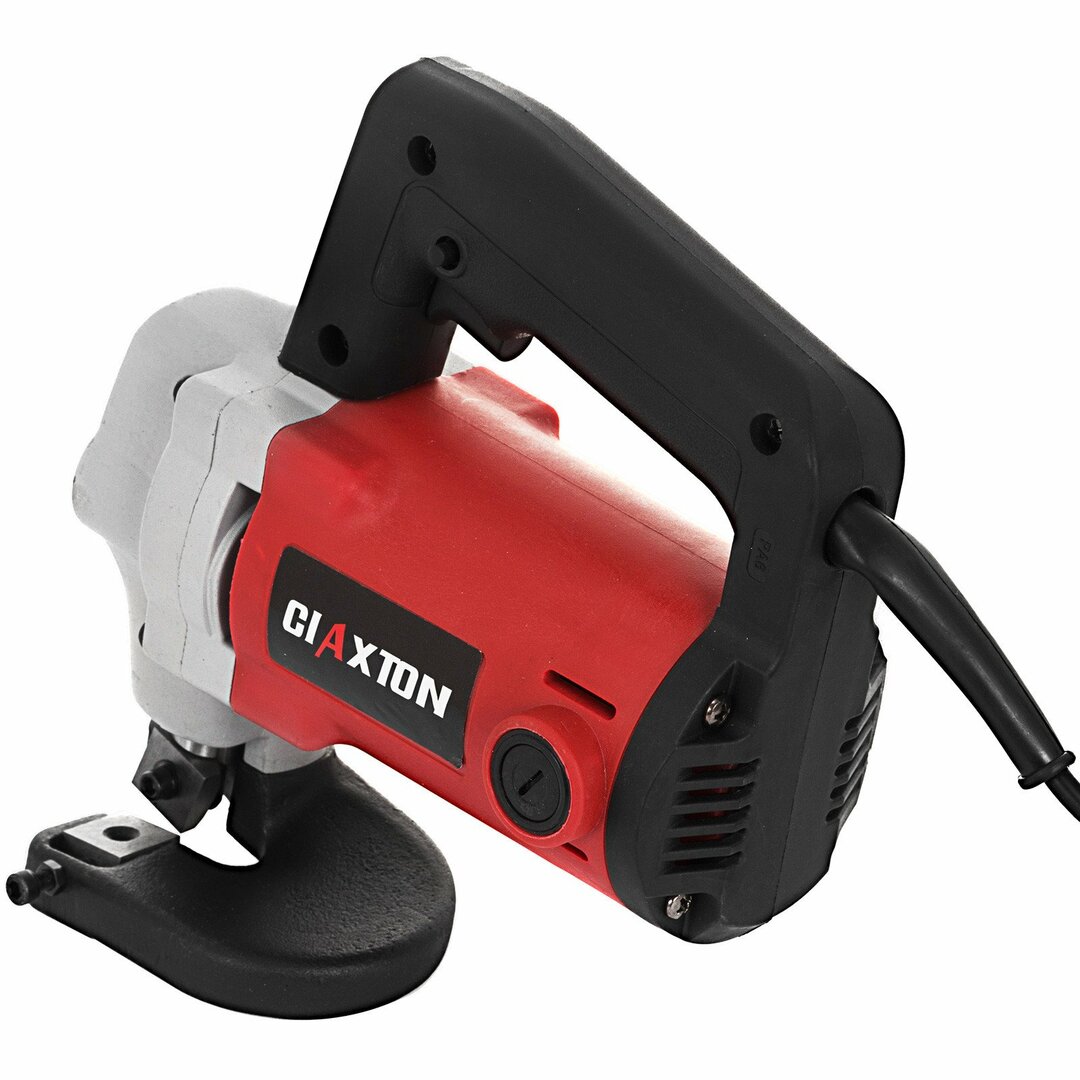In this article we will tell you how to make a check valve for a water pipe and how to make the simplest check valve for ventilation, the principle of operation of a ball check valve, the design and arrangement of the check valve valve.
In any liquid or gas supply system, the substance should only move in a certain direction, but sometimes the liquid / gas can go in the opposite direction. To avoid this, check valves are installed in plumbing and ventilation systems.
Check valves are devices for blocking the reverse movement of a liquid or gas. They are placed in compressors, pumps, plumbing systems, ventilation, refrigeration circuits.
The substance can go back due to various reasons: in the case of a pipeline, the pump is turned off; in ventilation, if the system is installed incorrectly, the fan is turned off. Check valves differ in appearance, principle of operation, dimensions, but they have the same concept - to let liquid / gas in one direction and block its movement in the opposite direction.
Each check valve consists of:
- Enclosures with insulation and cork.
- Locking mechanism.
The locking mechanism differs from the type of valve. Below we will analyze the principle of operation of a ball check valve, and also tell you how to make a ball check valve for a water supply system with your own hands.
The content of the article
- The principle of operation of the ball check valve
- How to make a ball check valve yourself at home
- Manufacturing process of ball check valve
- How to make a check valve for ventilation
The principle of operation of the ball check valve

ktto.com.ua
As mentioned above, a ball valve consists of a body and a locking mechanism. The locking mechanism consists of a spring, a plug and the ball itself. The check valve body looks like a classic tee.
Through one tube, water under pressure enters the inside of the valve. The opposite side is closed with a cork with insulation. A spring is tightly pressed against the plug. The spring pushes the metal ball forward, closing the inlet. If the water pressure is strong enough, it will push the ball back, compressing the spring and rising up the system. When the pressure drops and water begins to “suck in” through the inlet, the spring pushes the ball out, which closes it. The water doesn't flow back.
How to make a ball check valve yourself at home
To make a check valve, you will need:
- Coupling with external thread.
- Tee (female thread).
- Spring (diameter less than the diameter of the tee).
- A metal ball (its diameter is also smaller than the diameter of the tee).
- Threaded plug for a tee.
- Tow, FUM tape or other sealant.
When making a check valve, you need to choose the right spring - if it pushes the ball too weakly, it may not close the inlet. But if she puts too much pressure on the ball, the water pressure may not be enough - the water will not flow.
If you don’t want to make a mistake with the spring, buy several options at once or make your own. To do this, take an even rod, heat up the steel wire and start winding it around the rod. Too long wire must be cut. Watch the distance between the turns. Large - weak and long spring, small - short and powerful. Allow the manufactured spring to cool, remove it from the rod.
Manufacturing process of ball check valve
Apply a sealant to the thread of the coupling - wind the tow or FUM tape. Screw the coupling into one of the holes of the tee so that the coupling looks out from the inside by 1-2 millimeters. Insert a ball into the opposite hole. Insert the spring behind the ball. Apply sealant to the male threaded plug. Tighten the plug on the spring side tightly.
Such a homemade check valve works, as described above:
Water enters from the side with the clutch. If the pressure is strong enough, it repels the ball and compresses the spring, after which it rises and exits the system through the top hole. When the pressure drops and the water begins to "pull" into the inlet, the spring pushes the ball out, and it closes the hole, not letting the water go any further.
How to make a check valve for ventilation

The simplest non-return vent valve is made from flexible plastic that attaches to a grill/fan. To make such a valve, you will need a flexible material - a plastic plate, scissors, glue / screws.
Making a check valve for ventilation:
- Remove grill/fan.
- Attach a flexible plastic plate to the grill/fan of the system. Cut it to their size.
- Make small holes on the edges of the plate and in its center.
- Glue or attach the sides of the plate to the grill/fan.
- Install the structure back. You can cover it with a lid if you like.
A homemade check valve for ventilation works as follows:
Air from the ventilation is supplied to this plate. It “hits” against it and exits from the bottom and top of the plate, as well as through holes in the center and at the edges. When the system starts to draw air from the room, it sucks the plate into the grill/fan. The plate cuts off the air supply.


